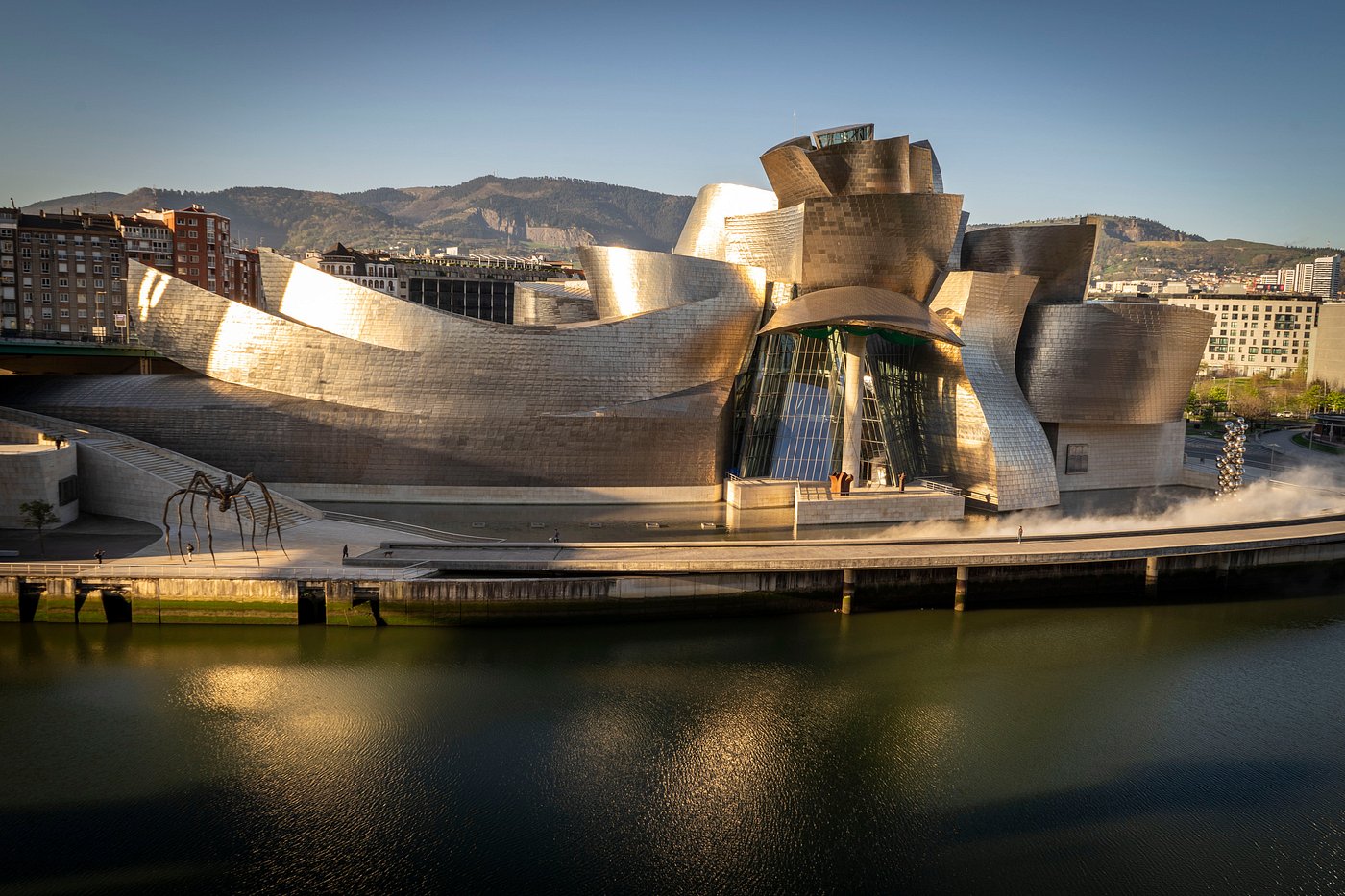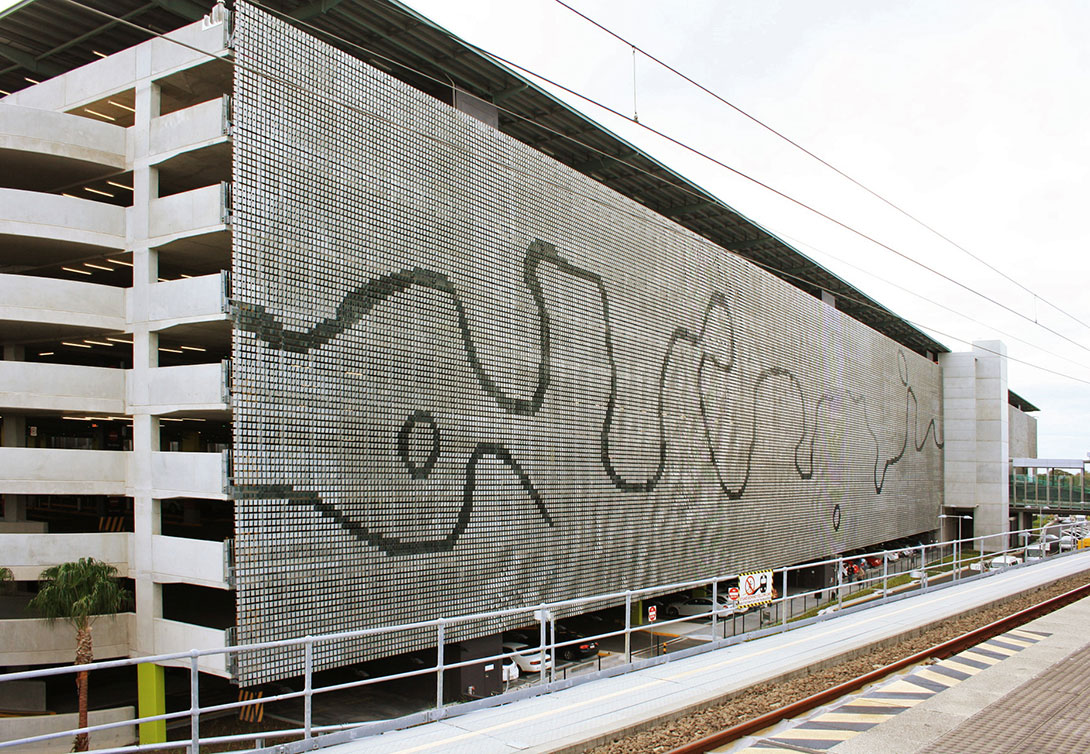Sheet metal is far more than a utilitarian construction material. Around the world, architects and designers are finding interesting and unusual applications for sheet metal, transforming it into striking facades, interactive art, and innovative structural solutions. Renowned for its strength, malleability, and endurance, sheet metal has long been a go-to for roofs and cladding — but today it’s also a creative medium for imaginative projects. From buildings clad in thousands of shimmering metal panels to kinetic sculptures that move with the wind, modern sheet metal applications demonstrate how this humble material can merge function with artistry.
Interesting and Unusual Sheet Metal Applications in Modern Design
The Versatility of Sheet Metal in Modern Applications
Sheet metal’s appeal lies in its unique combination of properties. It can be formed into countless shapes through rolling, bending, punching, and more, accommodating both rectilinear designs and free-form curves. Historically used for armor and even medical tables, thin metal sheets now wrap contemporary structures as sleek “skins,” bringing new aesthetic possibilities. Architects today specify sheet metal for everything from roofs and walls to complex ventilated façades. The material’s flexibility and strength allow for parametric designs — for example, intricate perforated patterns or flowing, curved exteriors — that would be difficult with heavier, rigid materials. At the same time, artists are using sheet metal’s reflective and durable qualities for large public sculptures and installations.
Crucially, sheet metal delivers on practicality as well. It offers longevity and weather resistance, often lasting 50+ years with minimal maintenance. Most metal panels are fully recyclable, making them an eco-friendly choice. Reflective metal surfaces even contribute to sustainability by reducing solar heat gain — studies show they can cut building energy costs by around 30%. In short, sheet metal stands out as a material that marries form and function. It’s no surprise that modern designers continue to push the envelope (literally) of what thin metal sheets can do.
Architectural Marvels: Sculptural Facades and Structures
Some of the most eye-catching architectural designs today are enabled by creative uses of sheet metal. A prime example is the trend of sculptural metal facades on museums and commercial buildings. These projects treat the building exterior as a canvas for pattern, texture, and light. For instance, the iconic Guggenheim Museum Bilbao in Spain broke new ground by cladding its organic curves in approximately 42,875 ultra-thin titanium sheets. This unusual choice gave the museum a shimmering, fish-scale exterior that changes color with the light and never oxidizes. Another famous case is Mexico City’s Museo Soumaya, whose sweeping form is wrapped in 16,000 floating aluminum hexagons — a complex free-form façade once deemed “impossible to build”. These metal skins are not just for show; their high-tech finishes and assembly methods ensure durability despite the bold aesthetics. In fact, the Soumaya’s aluminum panels are spaced just millimeters apart on a hidden support system, proving how precisely metal can be engineered to achieve artistic visions.
Modern sheet metal cladding isn’t limited to museums. Office buildings, sports arenas, and homes are adopting metal envelopes for both looks and performance. The Tampa Museum of Art in Florida, for example, features a double-layered façade of nearly 4,000 perforated aluminum panels that create a dynamic moiré pattern of light and shadow as one walks past. Despite its delicate, lace-like appearance, this perforated metal screen serves practical purposes: it protects the structure with corrosion-resistant anodized panels and requires very little maintenance. Such projects illustrate the architectural marvels possible with sheet metal — where a building’s outer layer becomes a work of art in itself. The versatility of metal (from lightweight aluminum to high-strength steel and even copper or zinc) allows architects to achieve forms ranging from sleek modern minimalism to ornate historic revival, all with the confidence that the material will endure decades of weather and wear.

Kinetic and Interactive Metal Installations
One especially unusual application of sheet metal is in kinetic designs — structures or artworks that move and interact with their environment. Because metal sheets and panels can be made very thin and precisely balanced, they’re ideal for creating moving facades and sculptures. A spectacular example is the Turbulent Line installation at Brisbane Airport’s car park in Australia. Spanning eight stories, this kinetic facade by artist Ned Kahn incorporates about 117,000 suspended aluminum panels that ripple fluidly in the wind. When breezes blow, the entire building face comes alive with waves of metallic movement, effectively turning a plain parking garage into a mesmerizing piece of public art. Besides its visual impact, the design doubles as a functional screen, providing shade and natural ventilation to the structure behind it. It’s a perfect marriage of engineering and art — sheet metal panels act as both building skin and dynamic sculpture, responding constantly to nature.
Artists have also used sheet metal to invite direct interaction. Consider the “A Life Cycle Story” installation at a public library in Denver, USA — a series of six plasma-cut steel panels that depict the stages of a dandelion’s life. These panels aren’t merely decorative; they’re designed to be played like a musical instrument. Visitors can strike the metal with mallets, causing the cut-out shapes to vibrate and ring with pleasant tones. What was once ordinary galvanized steel fencing material is transformed into an interactive fairytale in metal, complete with visual storytelling and sound. Such creative projects highlight sheet metal’s adaptability — its ability to be cut, hinged, and formed into components that move or produce acoustic effects. From airport terminals to community parks, kinetic metal installations are bringing innovation to public spaces, showing that steel and aluminum can literally make waves (or music!) when harnessed by inventive design.

Functional Aesthetics: Fences, Screens, and Green Designs
Not all unusual sheet metal uses are purely artistic; many also solve practical problems in new ways. A great example is the use of decorative metal panels in place of traditional building elements. Perforated metal screens, for instance, can serve as both an architectural accent and a sustainability feature. In one Portland, Oregon office building, an array of perforated sheet metal panels was installed as a second skin over the facade — and it yielded remarkable benefits. Acting as a passive ventilation and shading system, those panels cut energy consumption by about 45% by letting air flow freely while blocking harsh direct sunlight. At the same time, they create a dynamic exterior appearance, proving that efficiency doesn’t have to come at the cost of style. Similarly, metal sunshades and brise-soleil (sun-breaker screens) are being used on many modern buildings to reduce cooling loads while adding an eye-catching geometric texture to the facade.
Another functional-yet-stylish application is found in fencing and privacy screens. Traditionally, fences and gates were utilitarian structures, but today laser-cut sheet metal panels are turning them into design features. Homeowners and architects are using intricately cut steel and aluminum sheets for fences that provide security and privacy and look like pieces of art. These decorative metal fences often feature custom patterns (from abstract motifs to nature-inspired silhouettes) that cast beautiful shadows and boost curb appeal. The metal material ensures the fences remain extremely durable — galvanized steel or powder-coated aluminum can easily withstand decades of weather without rotting or warping, unlike wood. In fact, high-quality metal fencing with proper anti-corrosion coating can last over 50 years. This means a one-time installation can yield a long-term, low-maintenance solution for property owners. The same concept extends to interior screens and partitions: architects use perforated or laser-cut sheet metal panels as room dividers, stair railings, or ceiling elements, combining function (such as safety or airflow) with visual interest.
To summarize a few functional design benefits of modern sheet metal applications:
- Energy Efficiency: Reflective and well-placed metal panels can significantly reduce building cooling needs (metal-clad buildings have seen ~40% heating reduction and 35% less cooling demand on average), all while adding architectural character.
- Dual Purpose Elements: Features like facades or fences made from sheet metal often serve double duty — e.g. providing shade/ventilation or security/privacy — without compromising on aesthetics. A perforated metal facade can be structural and energy-saving, and a fence can be secure yet decorative.
- Low Maintenance Longevity: Unlike many materials, sheet metal doesn’t require frequent replacement or painting. Its innate durability (plus finishes like zinc galvanization and polymer coatings) protects against rust and wear. For example, aluminum or steel cladding panels easily last several decades, and certain metals like copper can last over 200 years on a building, aging gracefully with a patina.
Conclusion: Merging Innovation with Industrial Expertise
As these examples show, the applications of sheet metal today reach far beyond basic siding or ductwork. Designers are leveraging metal’s unique qualities to create interactive experiences, sustainable solutions, and artful structures that challenge our notions of what building materials can do. From a global perspective, we see sheet metal adorning ultra-modern skyscrapers, cultural landmarks, community art projects, and even residential gardens — truly a testament to its versatility.
At the same time, bringing such innovative concepts to life requires deep expertise in metal fabrication and engineering. This is where companies like Mehbud play a crucial role. Mehbud Plant, a leading Ukrainian manufacturer of architectural metal solutions, has long specialized in turning sheet metal into both functional building components and custom aesthetic features. Whether it’s high-quality steel and aluminum ventilated facades, sleek suspended ceilings, or exclusive metal fences, Mehbud’s experience shows how industrial metalwork can support bold design visions without sacrificing quality or durability. By combining modern technology (for precise cutting, forming, and coating) with creative design collaboration, Mehbud helps architects and builders implement even the most unusual sheet metal applications — from concept to installation.
In conclusion, sheet metal has evolved into a cornerstone of modern design innovation. Its use in interesting ways — be it a fluid sculpture glinting in the sun, a building that “breathes” through metal skin, or a decorative fence that tells a story — highlights a future where construction materials are limited only by our imagination. With a solid foundation of material science and manufacturing know-how, the next generation of sheet metal applications will continue to surprise us, marrying the reliable strength of metal with the boundless creativity of human design.
